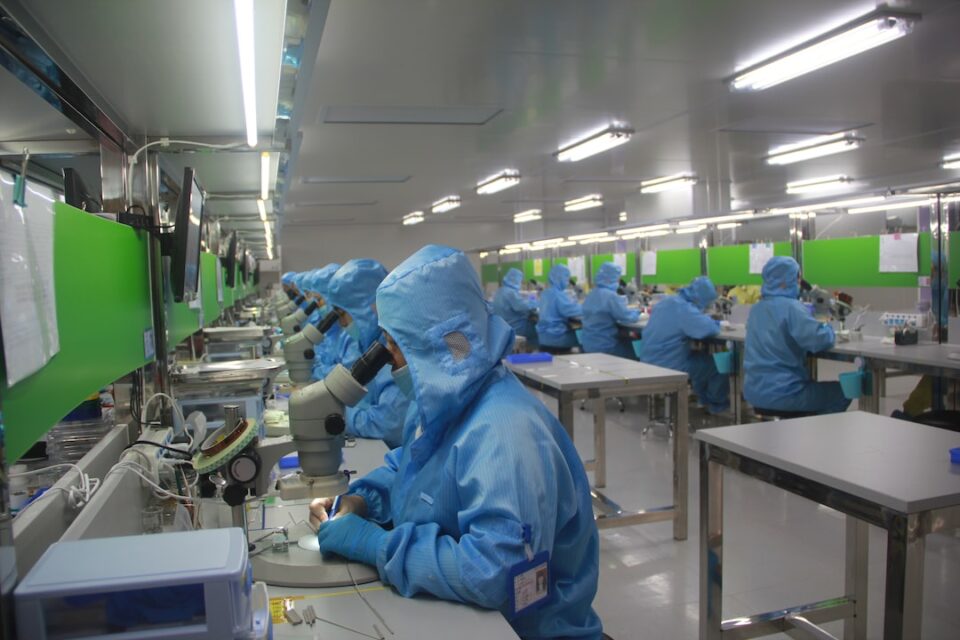The Role of Augmented Reality in Manufacturing Training and Maintenance
In recent years, the manufacturing industry has witnessed the rapid integration of augmented reality (AR) technology in various processes. From product development to daily operations, AR has been revolutionizing the way manufacturers operate and train their workforce. One area where it has made a significant impact is in training and maintenance.
Augmented reality offers a unique and powerful tool for training new employees in the manufacturing sector. Traditional training methods often involve lengthy classroom sessions and on-the-job training, which can be time-consuming and costly. However, with AR technology, manufacturers can create immersive and interactive training simulations that provide real-time feedback and ensure a consistent learning experience for trainees.
AR enables trainees to visualize complex machinery and equipment in 3D, allowing them to grasp the intricate workings and functionality of each component. By superimposing digital information on real-world objects, trainees can gain a deeper understanding of the manufacturing process, helping them to become more proficient and efficient in their roles.
Not only does augmented reality improve the training experience, but it also enhances maintenance procedures within the manufacturing industry. In many factories, maintaining machinery is a critical aspect of daily operations. Any downtime due to equipment failure can result in significant losses for the company. With AR, maintenance workers can quickly identify and troubleshoot issues, minimizing the time needed for repairs.
By wearing AR-enabled glasses or using mobile devices, maintenance staff can access digital overlays, providing them with instructions and information on machinery repair. This real-time guidance can help reduce errors and improve maintenance efficiency, ultimately saving time and money for the company.
Furthermore, augmented reality can also facilitate remote assistance in maintenance procedures. Technicians can collaborate with experts from afar, using AR technology to share live video feeds and annotations. This capability is especially valuable in global manufacturing operations, where experts may not always be physically present at the facility.
Another advantage of AR in manufacturing training and maintenance is the ability to collect and analyze data. AR systems can capture and record real-time data during training sessions and maintenance procedures. This data can then be analyzed to identify patterns, trends, and areas for improvement, supporting continuous learning and process optimization.
As with any emerging technology, there are challenges that come with implementing augmented reality in the manufacturing sector. Cost remains a significant consideration, as AR hardware and software solutions can be expensive. Yet, with the increasing adoption and advancements in AR technology, the costs are steadily decreasing, making it more accessible to manufacturers.
In conclusion, augmented reality is quickly becoming a game-changer in the manufacturing industry, especially in training and maintenance. This innovative tool is transforming traditional training methods and improving maintenance efficiency, resulting in cost savings and enhanced productivity. As manufacturers continue to embrace AR technology, we can expect to see further advancements and a more streamlined manufacturing landscape in the future.

